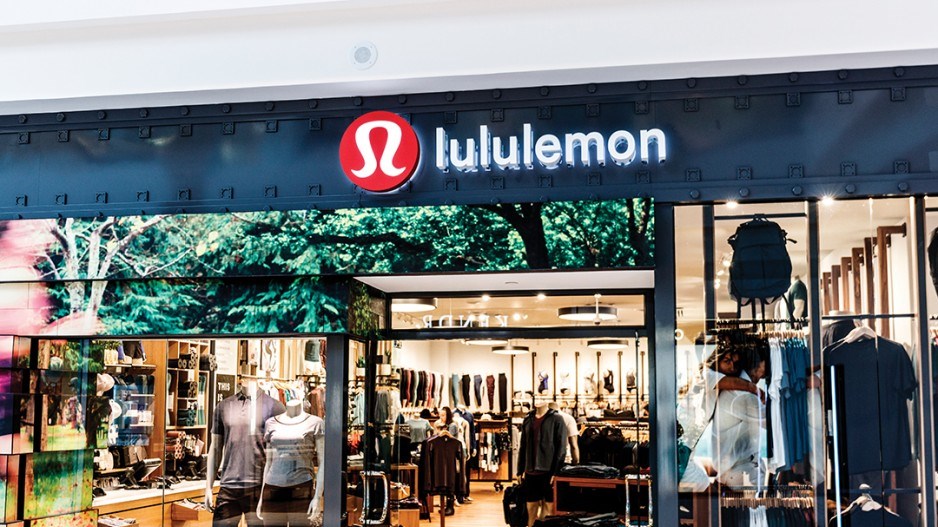Prophecies aren’t just for psychics anymore.
Businesses are now using artificial intelligence (AI) to predict the future, foreseeing potential product failures and public relations controversies before they happen or escalate.
Of the sectors taking advantage of AI, retail ventures, including traditional bricks-and-mortar stores, are using the rapidly advancing technology to adapt to the 21st century and stay ahead of the disruption that has spurred some observers to paint a gloomy picture of the industry’s future.
“There is no retail apocalypse; the end of everything isn’t happening,” said David Ian Gray, principal and founder of the retail-focused consulting firm DIG360. “But there is this huge, cataclysmic kind of change. The ecosystem of retail is in rapid flux right now.”
One major buffer retailers hold against this storm of change is large quantities of the digital age’s most important commodity – data. The data retained by retailers can range from individual consumer preferences to product popularity.
And, while retail firms and other businesses have long used financial and economic data to project likely fiscal outcomes, they now have the data and tools to refine their predictions. The problem often is that companies have not been using their data to its fullest potential.
“Anything that can be measured, you can predict” said Omer Artun, CEO at AgilOne, a consumer data platform.
Artun said a company with a bank of data and a clearly defined problem needs only the right algorithms to predict consumer behaviour.
One of the companies at the forefront of advancing this innovation in the retail sector is Lululemon Athletica Inc. (Nasdaq:LULU). When the Vancouver-based clothing giant wanted to better understand its customers, it went to AgilOne. Artun’s company helped Lululemon use artificial intelligence to generate consumer profiles, predict spending habits and give early warning about potential problems, by finding patterns in its vast stores of product and consumer data. The data was a lens through which Lululemon could peer into its future.
That Lululemon is investing in artificial intelligence this way is understandable given the storm of unwanted publicity the company met with in 2013, when it had to recall black yoga pants that were unintentionally transparent. The recall amounted to about 17% of its inventory of women’s pants at that time, and triggered a major PR crisis for the company. The use of artificial intelligence and machine learning tools to monitor data could have alerted Lululemon to the higher return volumes earlier, which could have helped the company take immediate corrective action and avert the widespread negative media attention.
Lululemon isn’t the only big name Canadian brand that AgilOne has worked with. The company has also helped Montreal-based DavidsTea more effectively use its loyalty program’s data to market directly to individual customers.
Another Vancouver-based company, BuildDirect, helped pioneer the retail embrace of AI. Founded in 1999 as an online marketplace for heavyweight home-improvement products, the company’s online platform was entirely predicated around AI. Larger bricks-and-mortar retailers are also now recognizing they can benefit from AI technology.
Putting data to work
Companies and retailers have been sitting on huge amounts of data but have lacked the manpower and expertise to analyze it. That’s where AI comes in.
AI has the ability to monitor vast swaths of data in real time, detecting patterns and creating metrics with an efficiency that far outpaces the abilities of the human brain.
One way this kind of AI analysis can be put to use is in determining the likelihood that someone will make a purchase in the next 30 days. By systematically comparing individual consumer habits, companies can customize product offerings and prices to match an individual’s demonstrated preferences. Data analysis can also help companies more efficiently price products, pinpointing sales to customers who are more likely to make a purchase offered at a lower price, while avoiding the surrender of additional profit from customers willing to pay full price for the item.
Although some have hailed AI as the saviour of retail, Gray cautioned that it is not the first technology to be invested with such hopes. Previously, smartphone applications and augmented reality were forecast as the solution to the retail industry’s problems. Those predictions did not come to pass.
Gray said companies are quick to jump on new technological fads because they have a fear of missing out or losing their competitive edge. But new technology is not necessarily the solution to a business issue or competitive challenge, he said, noting that, for example, lack of AI was not the cause of the company’s sheer-pants issue.
“People knew there were sheer pants,” said Gray. “But they were so driven towards their growth plans that they ignored it. There were other cultural issues going on.”
He stressed that AI is just one of the many tools available to businesses.




